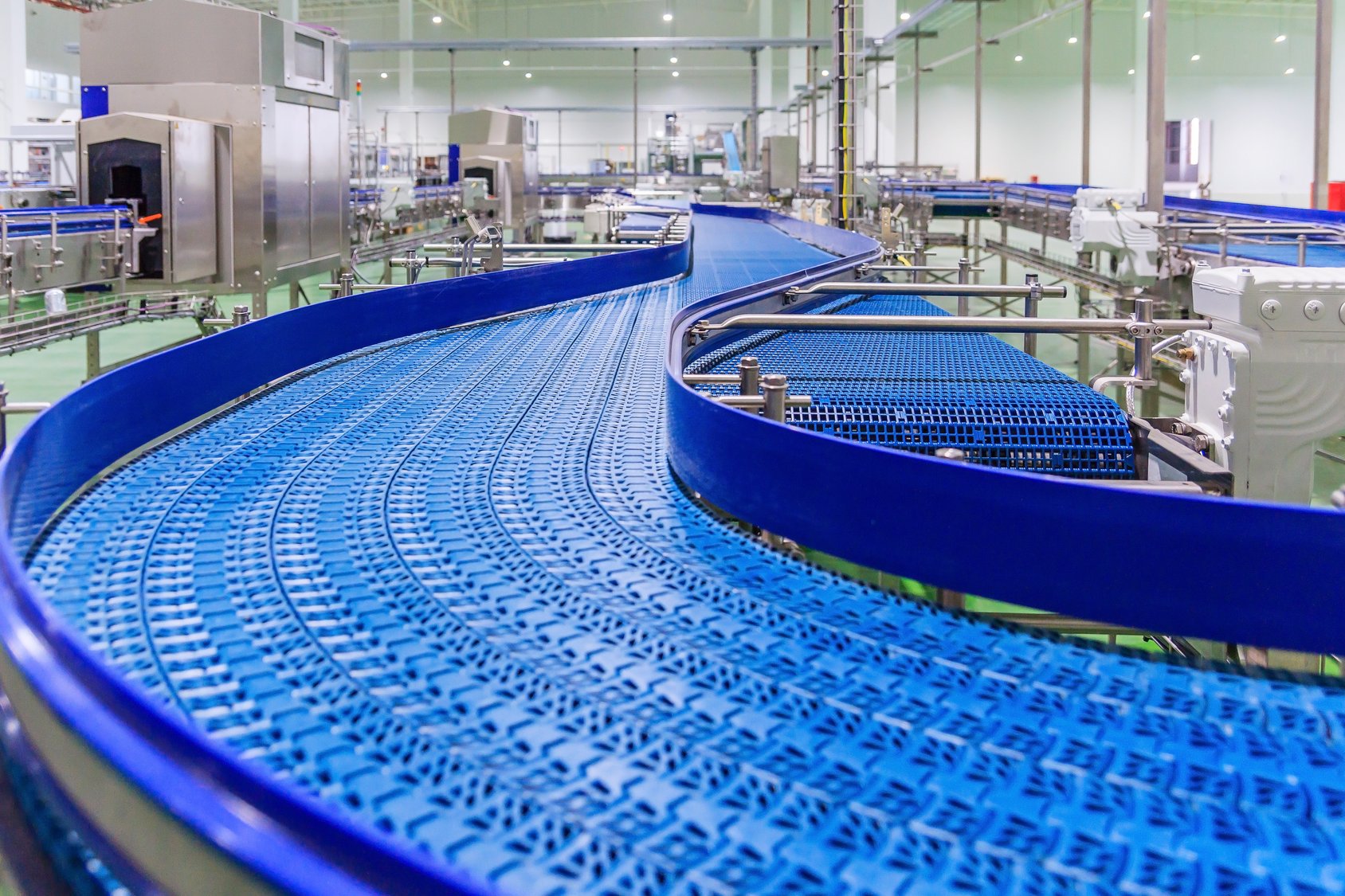
This article is part of our CloudSuite Industrial Feature Focus series.
Each post highlights a specific feature within Infor CloudSuite Industrial (CSI). In this one, we’re exploring Infinite vs. Finite Scheduling, two foundational scheduling modes that drive how CSI plans production jobs and allocates resources.
Here’s what we’re focusing on today:
- Feature: Infinite vs. Finite Scheduling
- Module: Advanced Planning & Scheduling
- Product: Infor CloudSuite Industrial ERP
Infinite vs. Finite Scheduling Overview
CloudSuite Industrial supports both infinite and finite scheduling modes, giving manufacturers flexibility in how production plans are generated. Each has its place—and many CSI customers use a hybrid approach to get the best of both worlds.
Infinite scheduling assumes unlimited resource availability. It fills available machine time with all the jobs that are due in that period, regardless of overlapping priorities. This gives manufacturers a broad view of what needs to happen, then lets them decide the actual execution sequence. Infinite is ideal when priorities shift daily or when scheduling is more operator-driven than system-driven.
Finite scheduling respects real-world constraints. It accounts for machine capacity and shift schedules, placing only as many jobs into a time slot as the resource can realistically handle. Once capacity is consumed, additional jobs are scheduled in the next available window. Finite is best for shops that want CSI to control job sequencing and ensure workloads are realistically spread over time.
Expert’s Take: Nick Mendolia on Scheduling Modes
Nick Mendolia, Director of Client Solutions at Visual South, shares how CSI handles both methods and when to use them:
“There’s no wrong or right answer. It depends on the company. Infinite and finite both have a place, and CSI supports either or a hybrid of both.”
Nick explains that infinite scheduling is often used when priorities change frequently. “You want to see a list of everything due for that machine today, then decide which ones to run. The system re-evaluates tomorrow based on what you didn’t finish.”
By contrast, finite scheduling is more rigid. “You have 16 hours of available time? CSI will stop assigning jobs when those 16 hours are full. It won’t overload the resource.” This approach is great for predictability but may require more accurate routings and setup/run times.
Many manufacturers opt for a hybrid strategy: “We finitely schedule the bottlenecks, and use infinite for everything else,” Nick says. This allows for precise control over critical constraints without overcomplicating the full schedule.
He also cautions about planning materials: “With finite scheduling, a job might not run until next week, so materials aren’t required until then. But if you change your mind and want to run it today, you might not have what you need. Infinite ensures materials are available sooner, just in case.”
Planning & Scheduling Micro Demo
Want to see how planning and scheduling work in CloudSuite Industrial? Watch this short micro-demo, part of our 20-video demo series on CSI.
Related CloudSuite Industrial Resources
- Available to Promise (ATP)
- Capable to Promise (CTP)
- Backward vs. Forward Scheduling
- What-if Planning
Want to explore more about CSI’s planning capabilities? Let’s talk.
Want to see CloudSuite Industrial in action? Access the full demo gallery below.







